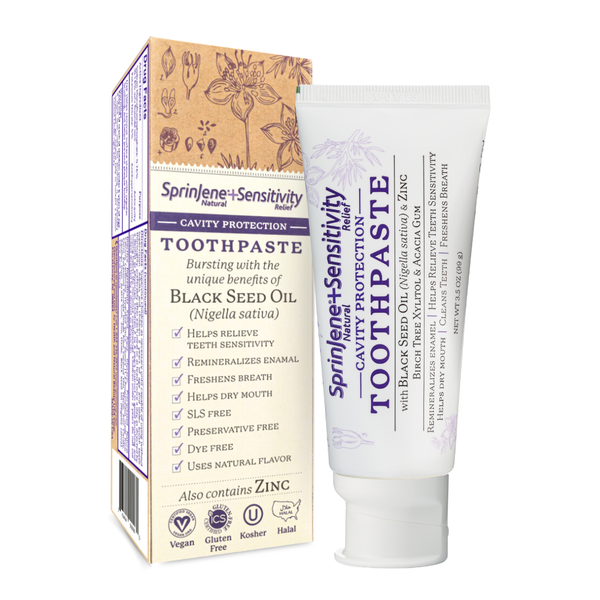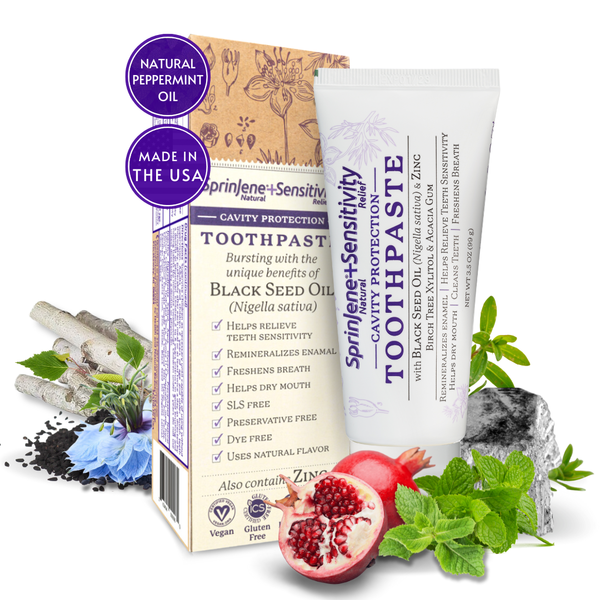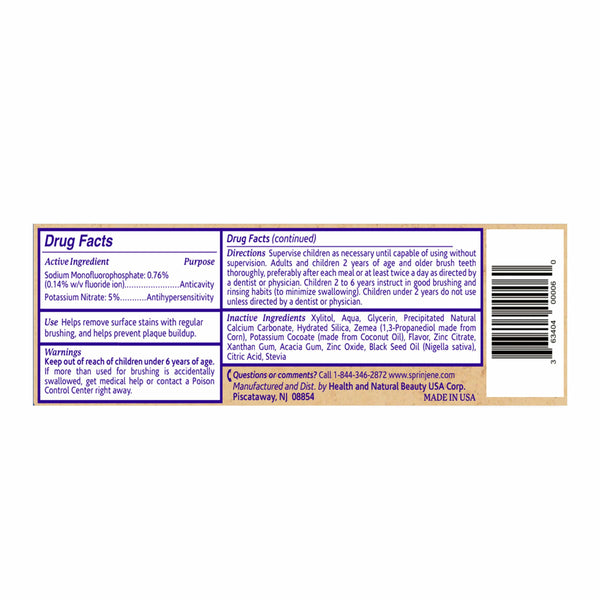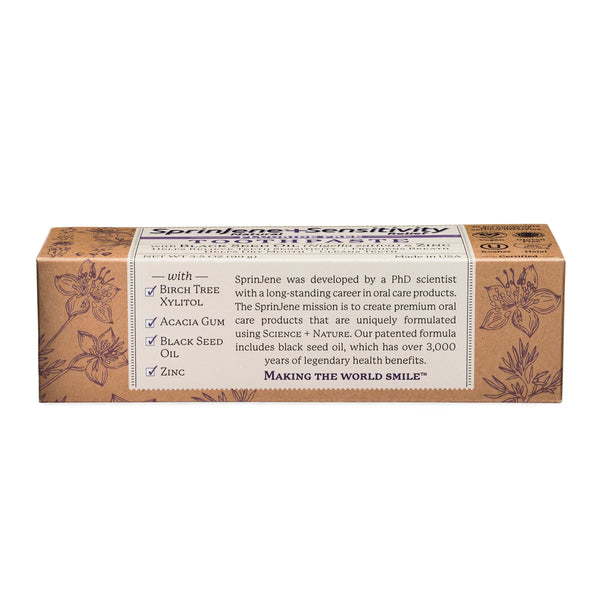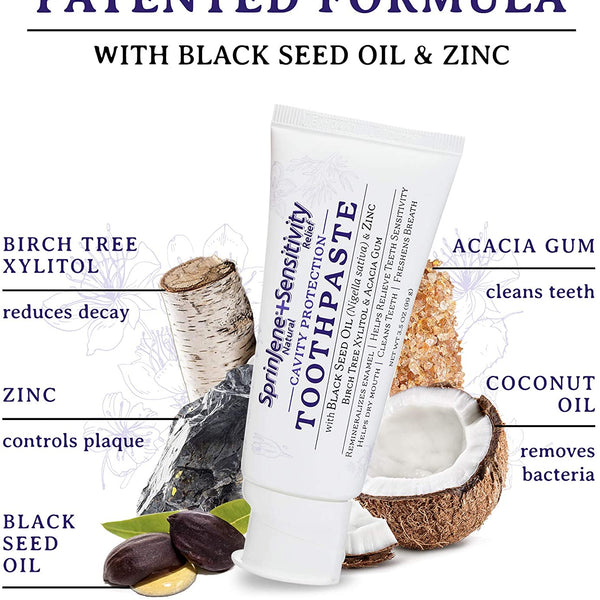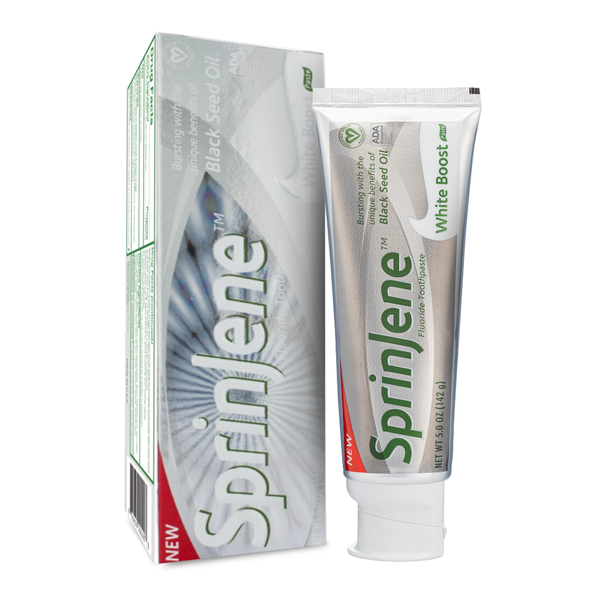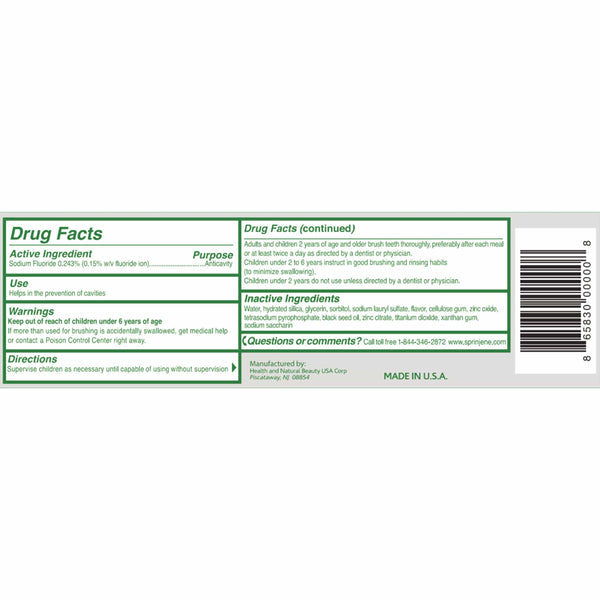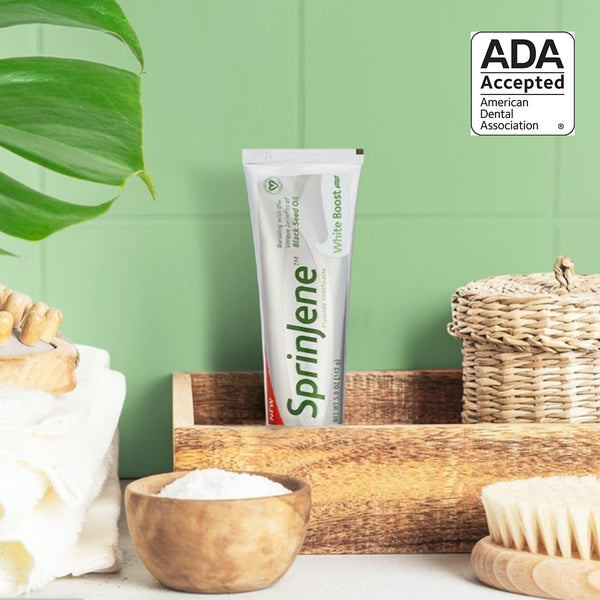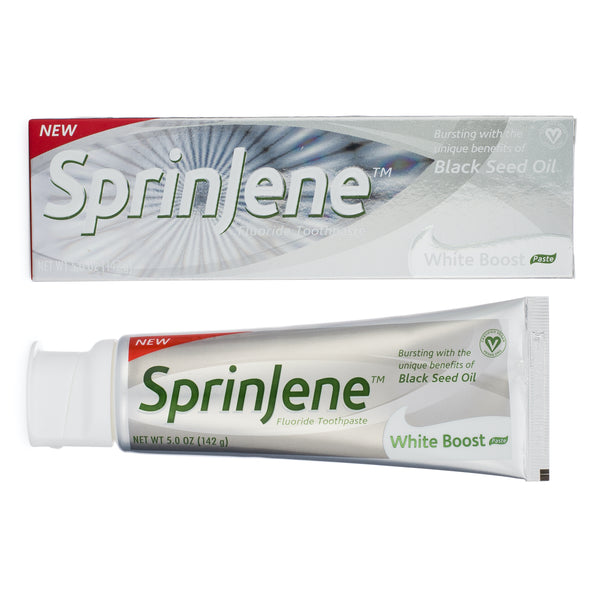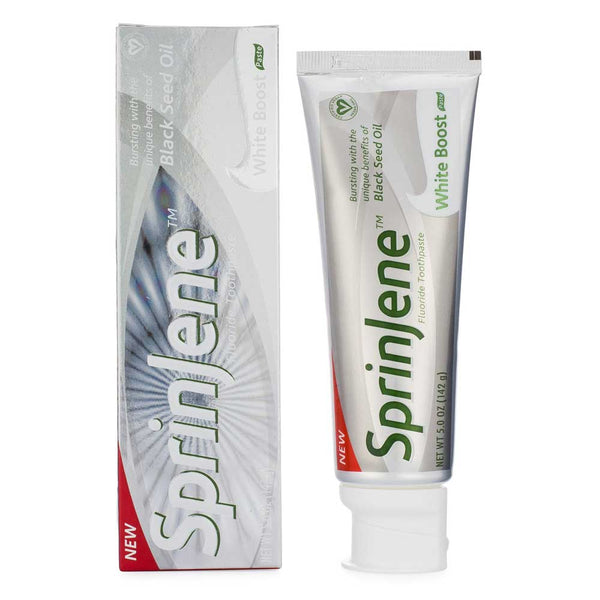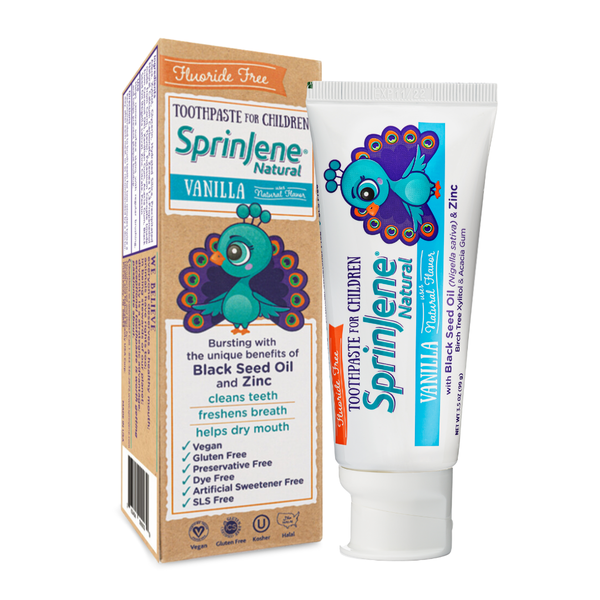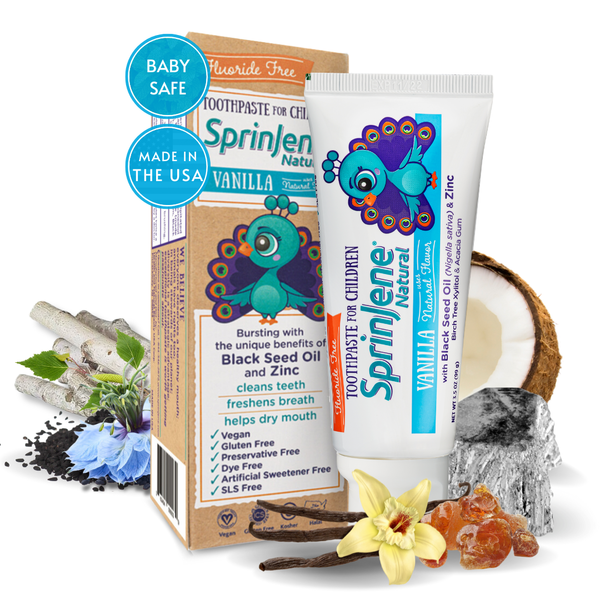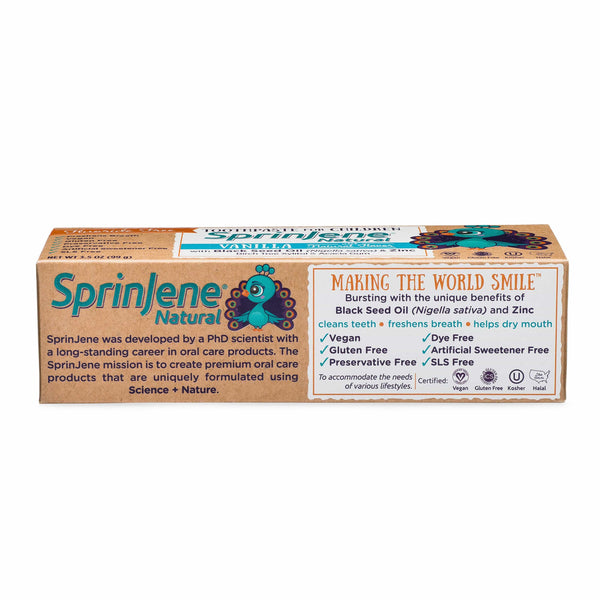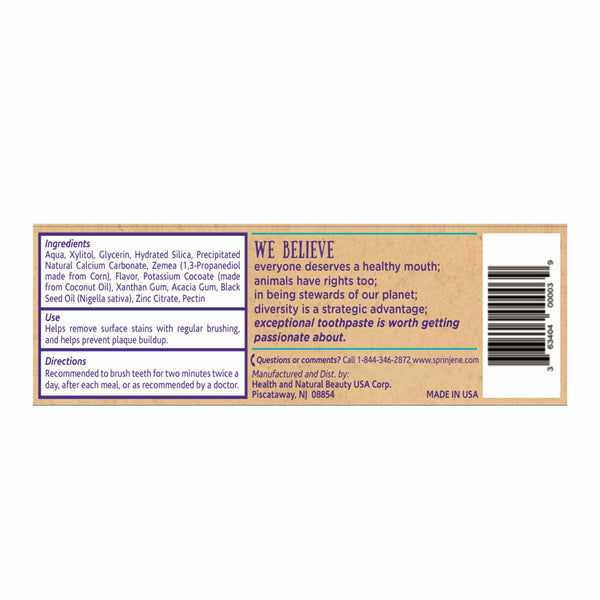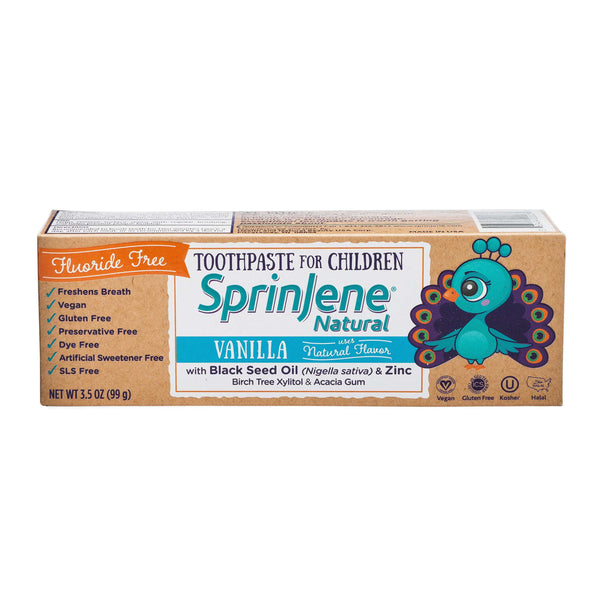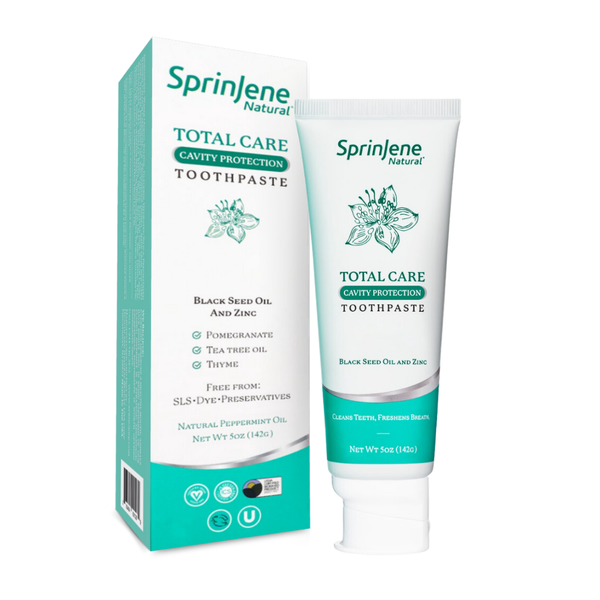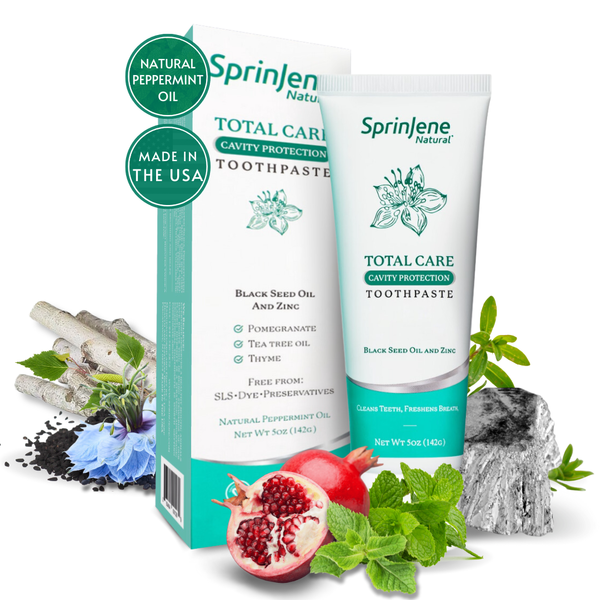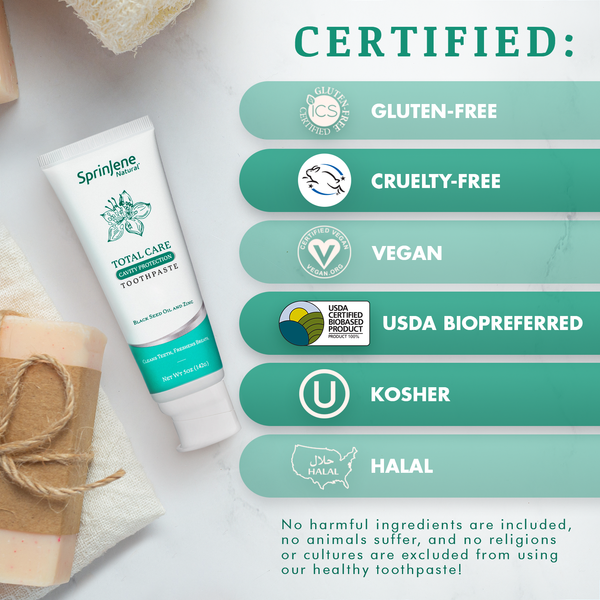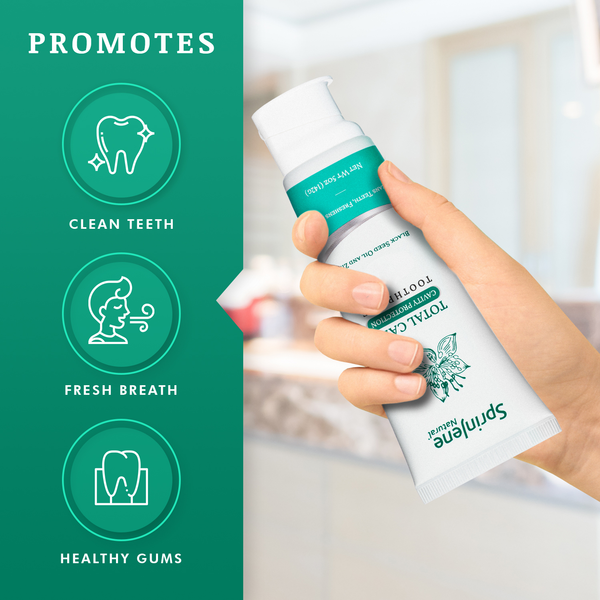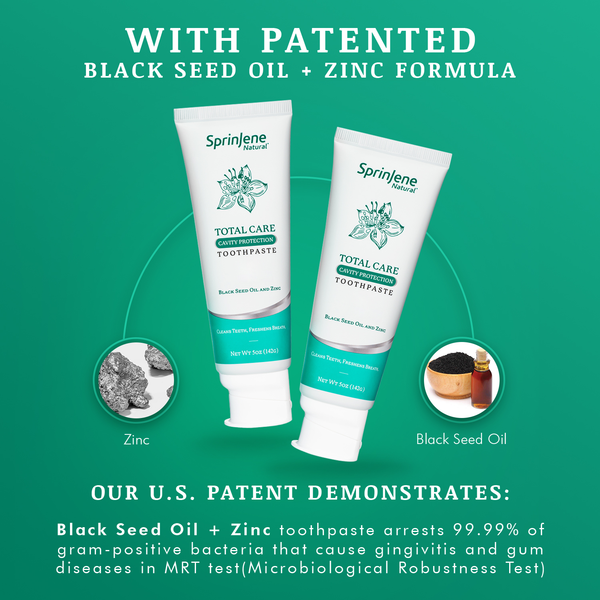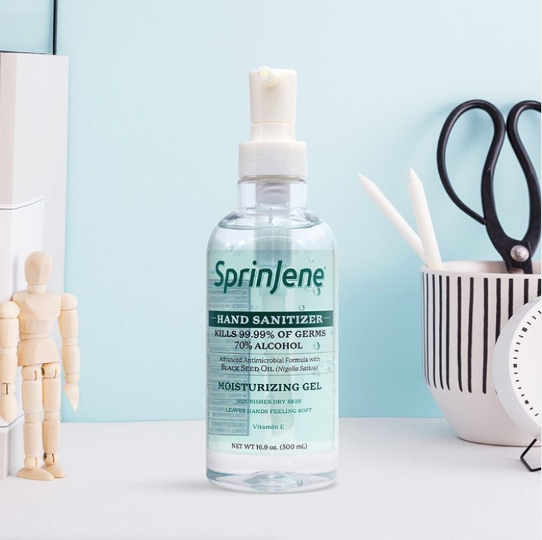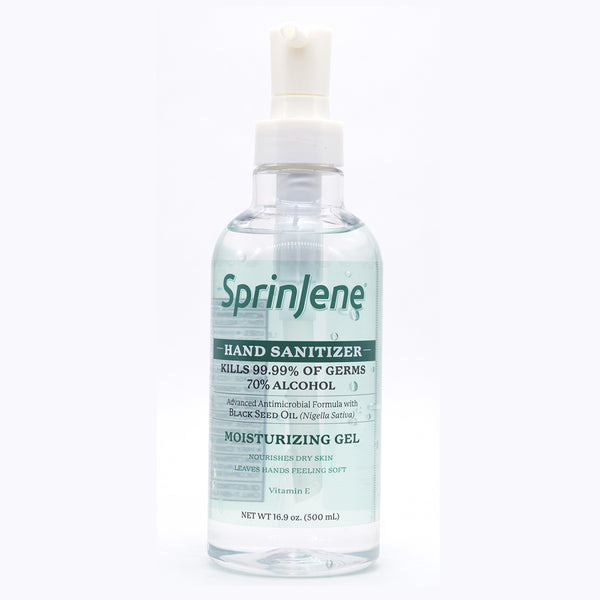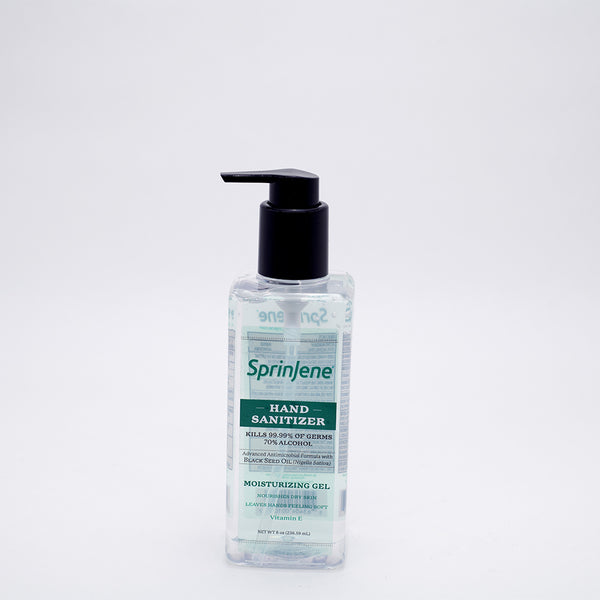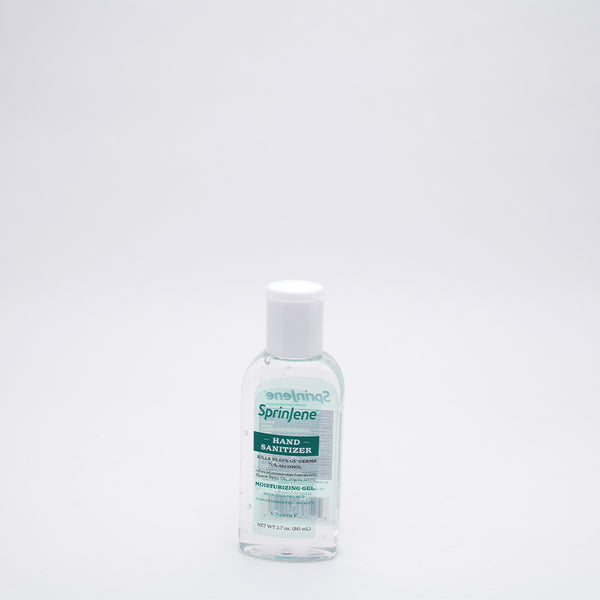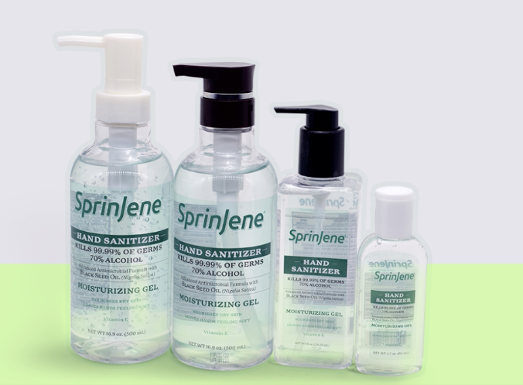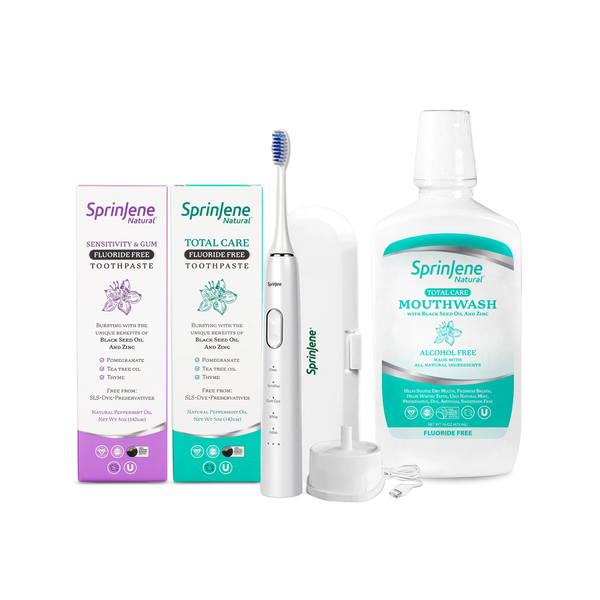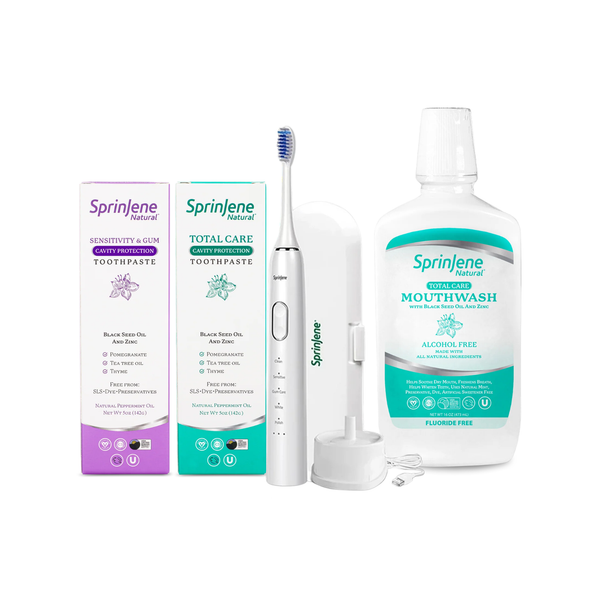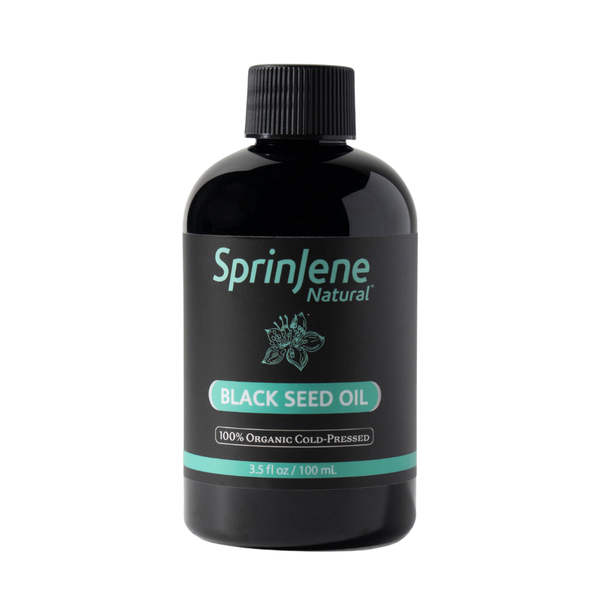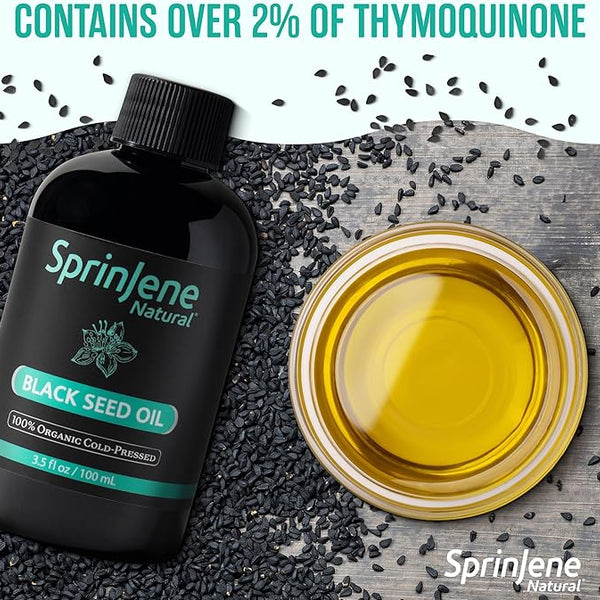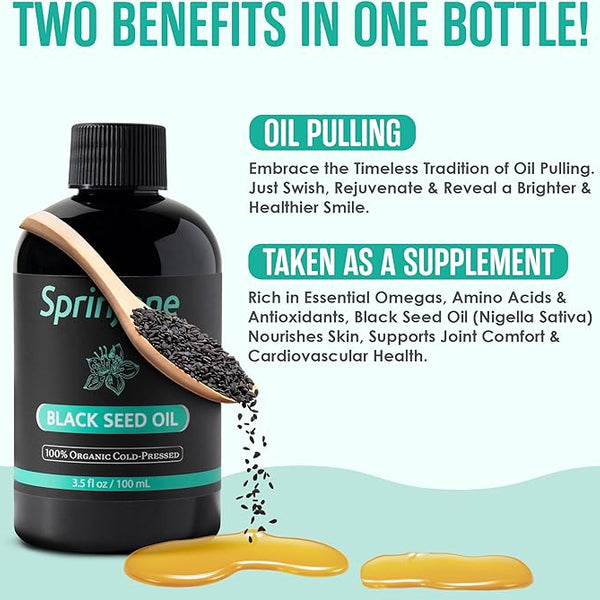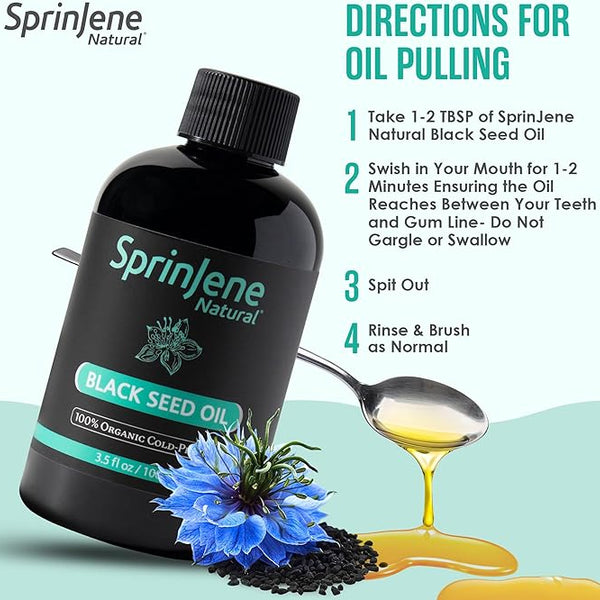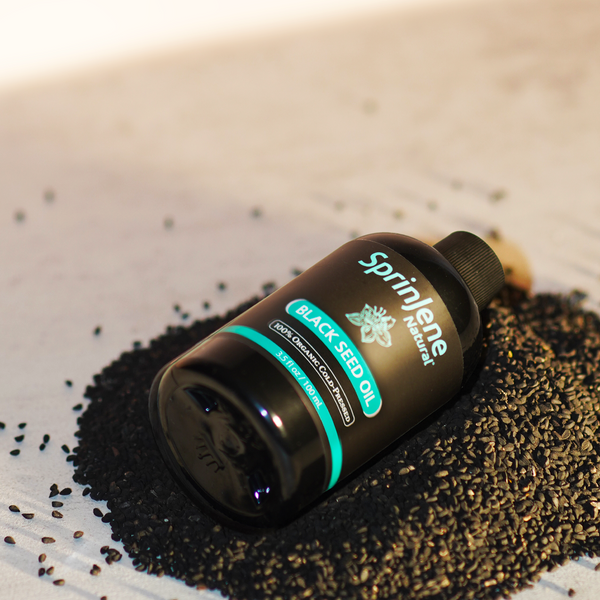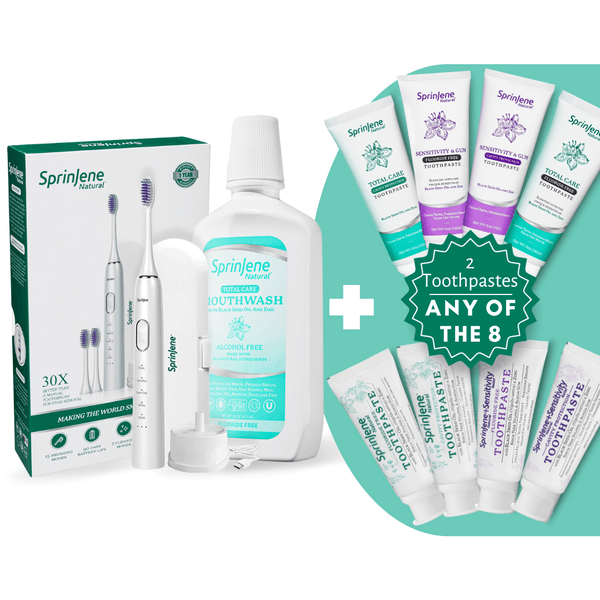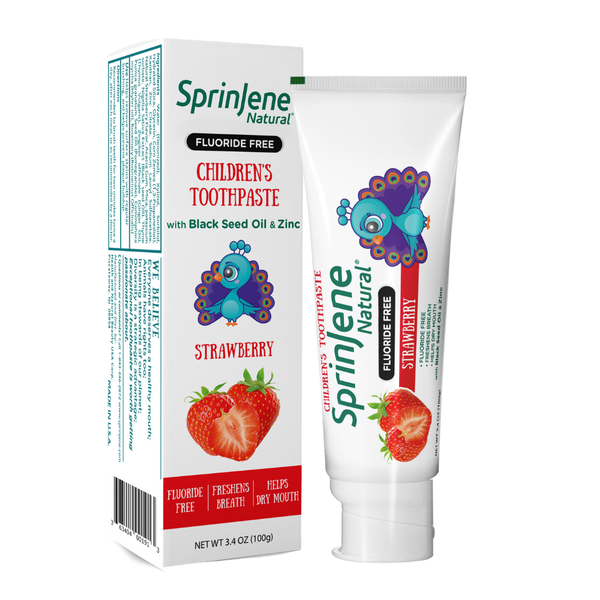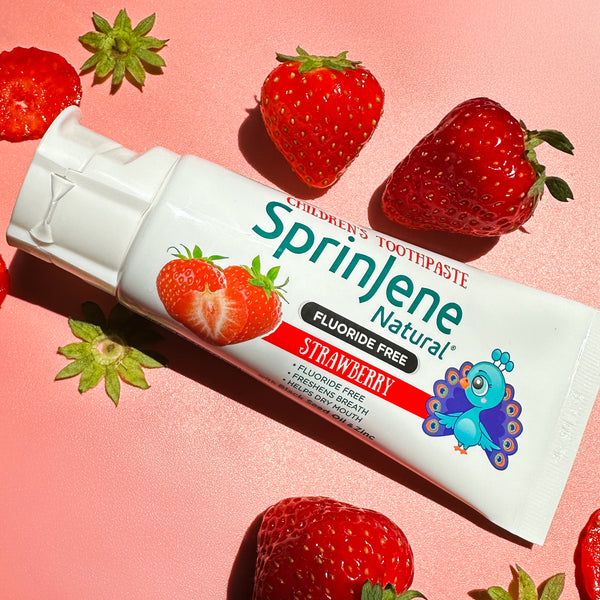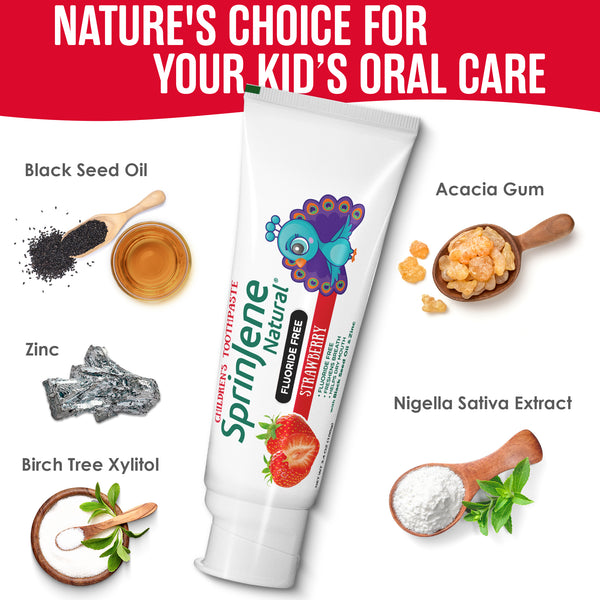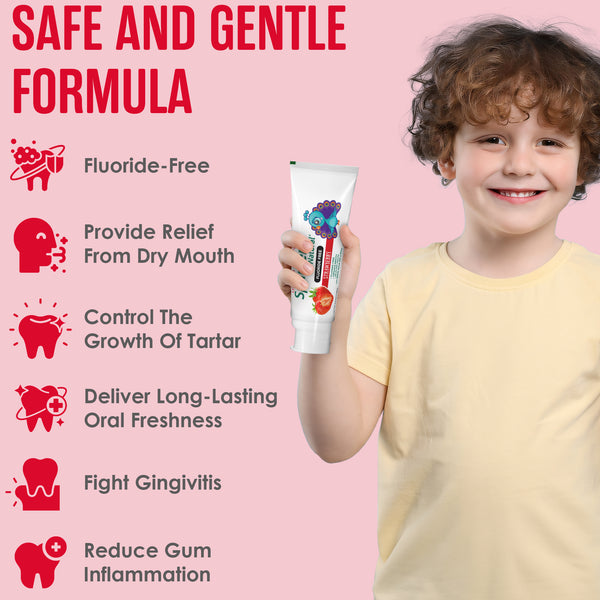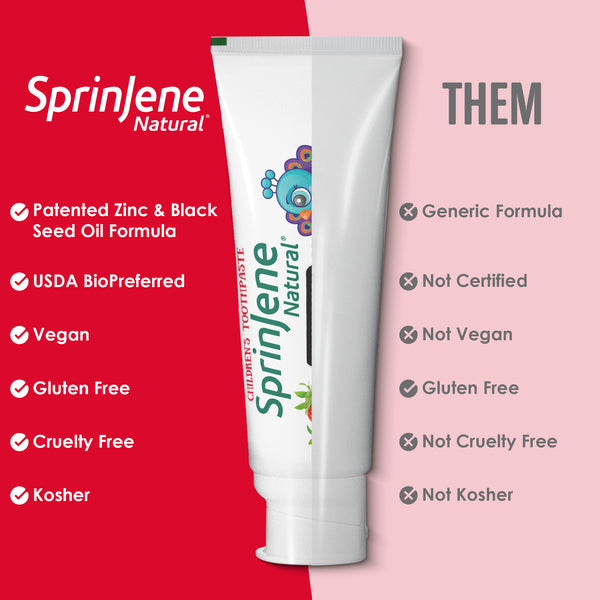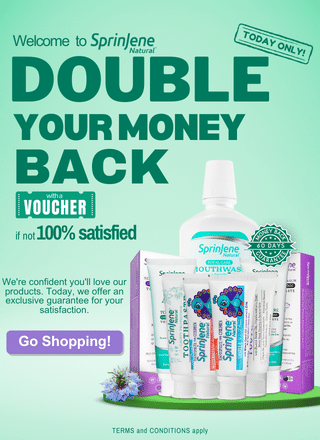
Teeth brushing is one of the most important practices to follow if you want to maintain good oral health, and it should be introduced as early as 6 months in children. According to the American Academy of Pediatrics, You don’t even have to wait for all the teeth to come out. It is recommended to gently wipe your infant’s gums with a wet washcloth to keep the gums healthy. Once the teeth start to come in you can begin brushing their teeth with a fluoride free toothpaste. Since infants and toddlers cannot control their swallowing reflex it is advised to use fluoride free tooth pastes to avoid excess ingestion of fluoride as this can have toxic effects in the body.
Effects of Fluoride
If children ingest too much fluoride over a long period of time, they are at risk of developing dental fluorosis, a permanent discoloration of the tooth enamel. Dental fluorosis affects the permanent teeth and can range from mild, barely noticeable white spots to severe dark brown staining and even pitting of the teeth. This appears as small spots of chipped away enamel showing underlying dentine. Fluorosis is a concern only for children younger than 8, because once the permanent teeth finish developing and break through the gums, they can no longer develop fluorosis.
In some countries drinking water also has added fluoride in it and this or the fluoride supplement prescribed by the pediatrician is enough fluoride that the child needs for healthy teeth, when using fluoride-free tooth paste.
Fluoride Guidelines:
Guidelines for the use of toothpaste by young children, generally recommend use of either a smear or pea sized amount of paste. The instruction to use a pea sized amount is best explained by recommending that tooth paste be applied transversely across the tooth brush rather than longitudinally. This limits the amount of toothpaste being used.
Brushing Technique:
It is advised to use a small head brush with soft bristles. If your child is under 4 years of age then it is advised that a parent assists the child while brushing and slowly becomes a supervisor once the child becomes older and more independent. For children who need assistance:
- Sit the child in your lap, facing away from you, or stand behind taller children. Tilt the child's head back against your body so you can see all the surfaces of the teeth.
- Angle the bristles of the toothbrush towards the gum. Move the brush in gentle circles to clean the outer sides of the teeth and gums.
- Brush in gentle circles on the inside of the teeth and gums making the sure the tooth brush is held at a 45 degree angle.
- Brush forward and backwards on the chewing surface of the teeth.
- After brushing all the surfaces, encourage your child to spit and rinse out the toothpaste.
This practice must be followed twice a day and a third time if a sugary meal has been consumed.
Recommended Toothpaste Ingredients for Kids:
The best course to follow is to start your child off with a toothpaste that contains all natural ingredients. Such a toothpaste will help clean your child’s teeth and gums, and does so without any dangerous ingredients making the toothpaste safe for your child to swallow and also teaches your child to practice proper oral hygiene.
SprinJene natural tooth paste for kids is ideal for just this purpose. It is a completely natural formula designed especially for people who want to go chemical free. It is recommended for parents who don’t want to expose their children to unnecessary chemicals at a young age. SprinJene natural tooth paste for kids comes in two types, one without fluoride which is a starter tooth paste for infants and toddlers who don’t yet know how to spit and rinse, and the other one with fluoride which you can transition your child over to when they’re old enough. SprinJene natural tooth paste for kids has three different yummy flavors:
- Vanilla
- Water Melon
- Apple Mint
This tooth paste is packed with powerful ingredients which, not only provide anti-cavity protection but also have immense health benefits. Black seed oil and zinc extracts which have innumerable anti-microbial properties which make it ideal for prevention of bacterial growth, tartar control and inflamed gums. Other ingredients include xylitol which is a natural sweetener and possesses anti-cariogenic properties, coconut oil, and acacia gum. These serve as natural alternative ingredients to harmful ones present in commercially available tooth pastes such as:
- SLS (sodium lauryl sulfate).SLS is a chemical surfactant irritant to some people and used to reduce surface tension between ingredients and thicken certain food products.
- Artificial preservatives and dyes.Unnatural chemicals used to make products last longer and look a certain color have been linked to multiple health issues, especially in children.
- Saccharin is an artificial sweetener with a bitter aftertaste and no nutritional benefit.
- Animal byproducts.No substances that come from animals are found in any SprinJene natural toothpaste or used in manufacturing.
Along with being chemical free all SprinJene toothpastes are also:
- Gluten free
- Kosher
- Halal
- Cruelty free
- Vegan
References:
- factors influencing the amount of fluoride toothpaste applied by the mothers of young childrenDec 1997BRIT DENT JR P EllwoodR M DaviesE M Bentley
- View
- Total Fluoride Intake and Implications for Dietary Fluoride Supplementation
- ArticleFeb 1999J PUBLIC HEALTH DENTSteven M LevyNupur Guha-Chowdhury
- Risk of enamel fluorosis in nonfluoridated and opimally fluoridated populations: Considerations for the dental professional
- ArticleJul 2000J AM DENT ASSOCDavid G Pendrys
- An investigation of the transverse technique of dentifrice application to reduce the amount of fluoride dentifrice for young childrenJul 2000Pediatr DentRita Villena




